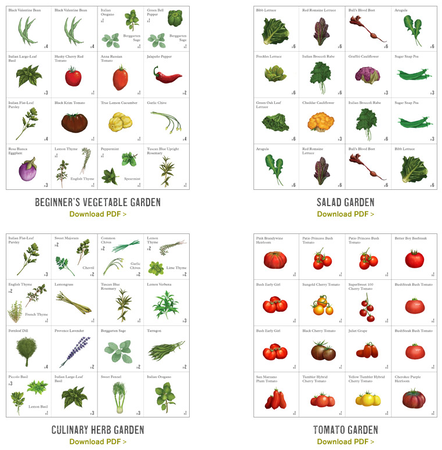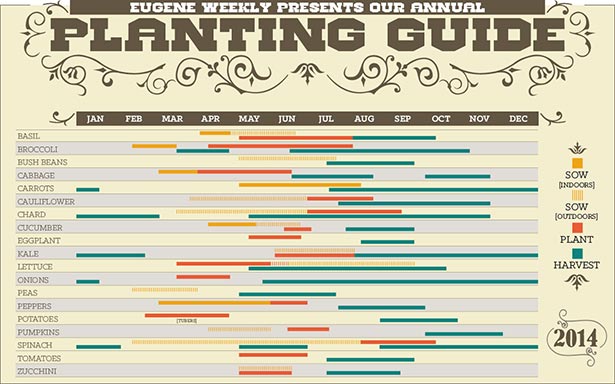PLANT A GARDEN
Planting a garden in your own backyard or on a plot of land is an easy way to interact with your environment and grow plants that improve sustainability.
There are many ways in which a garden can benefit the environment around us. First, using a garden allows you to gather your own food instead of buying produce from a nearby store, reducing potential waste. Also, planting your own garden doesn’t include the use of pesticides or harmful fertilizers which can be dangerous to the environment. This means that both the air and the food from the garden will stay fresh. Overall, gardening can be an excellent way to maintain our environment and can improve the quality of life
Although it may seem difficult at first, planting a garden is fairly simple to do. Here are the 7 simple steps needed to plant your own garden!
|
Decide on the Plant Type
The first step is to choose the type of plant you want to grow. There are many plants to choose from, such as tomatoes, zucchinis, peppers, and more. Make sure to think carefully on the plant you want, because each one has specific harvesting and growing times throughout the year, so be prepared. Find a Proper Location The next thing you want to do is figure out the location of the garden. You want to choose a space that’s open, has good soil, has access to sunlight, and is near a water source like a hose. Depending on how many plants you want to cultivate, make sure there is enough space for the plant to grow properly. |
Plan out the Garden
Before you jump right into planting seeds and waiting for them to grow, you need to plan out the space as well as the soil. If your soil isn’t very fertile, add fertilizer to help increase the nutrient content and quality of the soil. Also, start preparing the area by marking where each seed will be planted as well as making sure you have enough walk room to move around the crops. We recommend drawing out a grid or layout of the garden to make it easier to visualize.
Before you jump right into planting seeds and waiting for them to grow, you need to plan out the space as well as the soil. If your soil isn’t very fertile, add fertilizer to help increase the nutrient content and quality of the soil. Also, start preparing the area by marking where each seed will be planted as well as making sure you have enough walk room to move around the crops. We recommend drawing out a grid or layout of the garden to make it easier to visualize.
|
Create a Gardening Calendar
After figuring out the type of plant you want, research the amount of time it will take to grow and ripen. Once you know the harvest dates, you can create a calendar and plan out any necessary gardening routines. This can include scheduling watering days for your plants and checking on the plants to see their growth progress. Plant Your Seeds
Now, you’re ready to begin planting your seeds! Put the seeds into the soil with the correct spacing, making sure to look at and follow the information on the seed packets. |
Maintain Your Plants
Once your seeds are planted, follow the garden calendar you created and maintain the plants. This means watering the plants regularly, removing any weeds or obstructions, and adding fertilizer or compost if needed. Also, if plants become too bunched up, then you may have to thin out the garden by removing plants that are crowding the space.
Once your seeds are planted, follow the garden calendar you created and maintain the plants. This means watering the plants regularly, removing any weeds or obstructions, and adding fertilizer or compost if needed. Also, if plants become too bunched up, then you may have to thin out the garden by removing plants that are crowding the space.
Enjoy the Fruits of Your Labor
After maintaining your garden, you can now observe your beautiful, blooming flowers or harvest your crops if you planted vegetables. Either way, you can enjoy your self-made garden and relish the fruits of your labor!
After maintaining your garden, you can now observe your beautiful, blooming flowers or harvest your crops if you planted vegetables. Either way, you can enjoy your self-made garden and relish the fruits of your labor!



